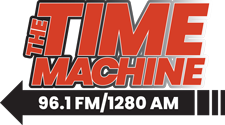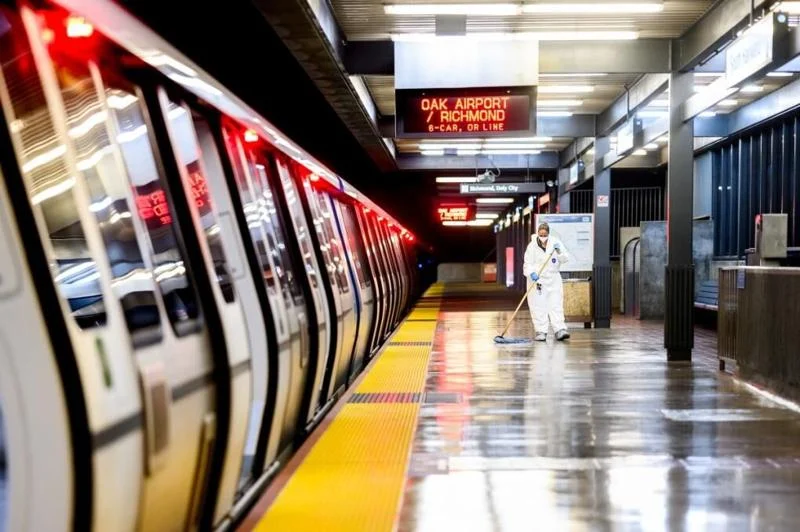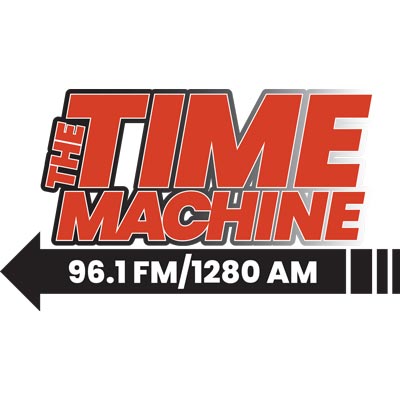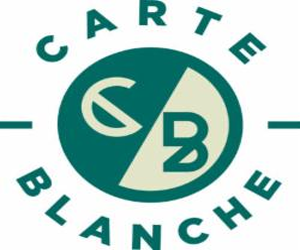California’s budget deal includes a $750 million bailout for Bay Area transit systems amid rising costs and ridership that is yet to recover to pre-COVID levels.
Experts say the bailout will delay critical reforms to make public transit financially sustainable, at a cost passed on to local and state taxpayers.
Data from Bay Area Rapid Transit reviewed by The Center Square shows ridership and ticket sales are half of what they were before COVID-19, while overall spending is up nearly 10%, demonstrating the transit system’s growing reliance on non-user, taxpayer support.
“This funding avoids a disaster for our state, but transit agencies will need a long-term source of funding to secure a thriving future,” said state Sen. Scott Wiener, D-San Francisco, who secured the bailout. “I will continue to fight for that funding in my community through a 2026 regional ballot measure, authorized by my bill SB 63.”
The agreement includes $1.1 billion in sustained cap-and-trade revenue funding for public transit, and a $750 million, interest-free loan from the state for Bay Area transit agencies. The mentioned ballot measure is set to be a multi-county sales tax across the Bay Area to pay back the state loan.
Should the measure fail, state taxpayers will be on the hook.
According to local watchdog SHIFT-Bay Area, the impacted transit agencies face a fiscal cliff and won’t be able to pay back the loan unless citizens pass the new sales tax. But with local sales tax rates already above 10%, SHIFT says tax fatigue could prevent the measure from passing. This failure would pass the cost of the loan and interest payments on money borrowed to issue the loan — an additional cost that at current interest rates nearly matches the loan’s principal — to state taxpayers.
Bay Area Rapid Transit’s May 2019 data counted an average of 412,165 exits from its stations on weekdays, with annual tickets, parking and other sales revenue of $551.5 million against a $2.3 billion budget. The more than $1.7 billion difference came from local, state and federal taxpayer support.
Exits have been a more reliable indicator of BART ridership than entries due to high rates of fare evasion. The system only began to roll out “hardened” fare gates in August 2024 after a single-station pilot in December 2023. The “hardened” fare gates are expected to finally be installed at all stations by the end of 2025.
BART’s May 2025 data counted just 178,564 exits from its stations on weekdays, with annual sales revenue of $292.5 million against a $2.5 billion budget, leaving taxpayers covering the $2.2 billion gap.
With ridership and sales revenue at just 43.3% and 53 % of pre-pandemic levels respectively, spending is up 9.1%, and taxpayer support is up 26.2%, leaving BART with the aforementioned “fiscal cliff.”
SHIFT Director of Finance Marc Joffe recommended regional transit agencies reduce non-operational costs such as new extensions that may not secure adequate ridership. Joffe said the interest-free loans from the state — ultimately paid for by taxpayers one way or another — only postpone inevitable cost-cutting.
“This budget postpones the inevitable reckoning,” said Joffe to The Center Square. “The costs of operating and maintaining rail transit systems are increasingly exceeding their benefits, and, at some point, the costs will have to be reined in.”






